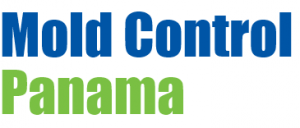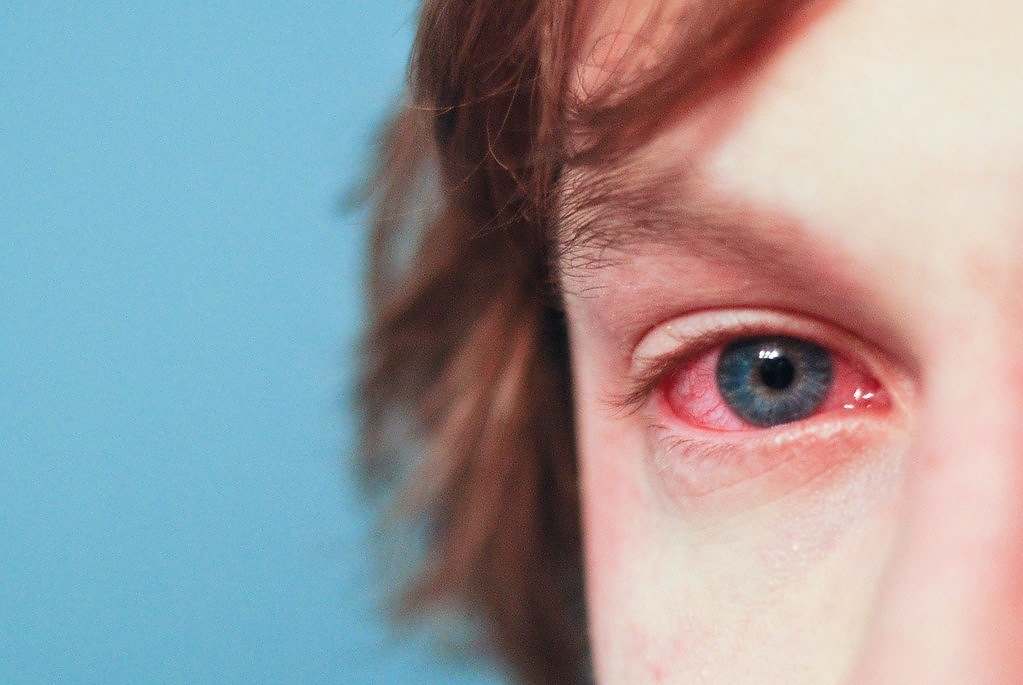
Mold Control on Building Exteriors
Follow our How To Guide
Mold on building exteriors in Panama is a very common occurrence in all areas of the country due to tropical climate of the region. Mold stains on building exteriors are not only unsightly, but the stains indicate a heavy concentration of mold growth that can cause health problems and damage surfaces and structures if not kept under control.
Why worry about exterior mold?
If you do spend time outdoors in areas with significant amounts of mold, your health will be at risk. Children are particularly susceptible to mold-related health problems, so mold around play areas is especially hazardous. Mold will literally eat away wood over time. Almost all materials will be damaged by mold to some extent given enough time, however. Plus the presence of mold can bring down the value of a property and almost all owners dislike the way mold looks growing on the exterior of their homes.
Why not simply paint over exterior mold?
The most common method to hide mold is by simply painting over it, a bad idea for many reasons and which also happens to be the absolute worst method. Paint does not kill mold, and it will not stop the source of the mold. Mold will continue to grow under the paint, and you will see visible signs of mold again. In fact the water in the paint feeds encourages incremental mold growth. But painting over mold is what most homeowners, property managers and landlords do when they have mold on exterior (or interior) walls, ceilings, gables and wood. Many do it ignorantly and some do it purely because it is the cheapest and fastest way to hide mold. at least for the short term.
For wood the situation is even worse. The existing mold spores will immediately infect the new paint film, continuing to grow under it and eating away at the wood host. Worst case is the trapped mold and moisture can encourage dry rot fungi to grow and spread into the wood, which will negatively affect the strength and structural integrity of the wood framing.
How to remove mold on exterior of buildings?
The best way is to use an eco-friendly product like Concrobium Mold Stain Eraser which is a powerful cleaning solution that targets tough and embedded mold and mildew stains on outdoor surfaces. An innovative new product made in Canada and available in Panama, this enzyme-based product is mixed with water and then recommended to spray on lightly with a garden sprayer.
Concrobium Mold Stain Eraser is biodegradable and it leaves no chemical residue on the surface. Treated surfaces will typically be free of mold staining after a single application, but in cases of severe staining, multiple applications may be required. A light agitation with a stiff, bristle brush will also help to lift the stain off the surface. Keep in mind, some mold staining may be irreversible.
Whatever you do, don’t use bleach! Not only is it toxic, but bleach will only kill the surface mold on non-porous surfaces. Bleach will not kill mold on concrete and wood. In fact the water content of bleach will encourage mold growth.
What about areas that don’t have mold stains?
In these areas we suggest washing with a water, a mild PH-neutral detergent with a little hydrogen peroxide added. A light agitation with a stiff, bristle brush will help remove grime and prepare the surface for mold remediation.
Can I paint now?
Not quite! We’ve removed the visible mold stains but now we need to kill the ever-present mold organism that is embedded in the concrete and wood. For this we give a very fine misting with Concrobium Mold Control which safely and effectively eliminates and prevents mold with no bleach, ammonia or VOCs.
Concrobium works as it dries by crushing the mold spores at the roots and leaving behind an invisible antimicrobial barrier to prevent future mold growth. Now we have a surface that is free of mold and ready for a coating of a good paint.
What paint should I use?
We suggest a good quality paint is worth every dollar you spend on it. If you can find a paint with an anti-mold or that contains mildewcides all the better. But these will not kill existing mold, so don’t skip the first steps. And these paints can be hazardous, so use proper care and caution.
The mold inhibitors used to formulate anti-mold paint work by penetrating the spores and disrupting their functions. The spores are no longer able to grow or reproduce. But when exposed to UV radiation, moisture and rainwater, anti-mold coatings deteriorate just as any other type of paint. Once paint deterioration occurs, hairline cracks and small holes will start to develop in the paint film, providing favorable conditions for mildew and mold to grow. To prevent mildew and mold along with extensive damage, it’s important to deal with the first signs of deterioration before paint failure becomes severe.
What’s next to keep the mold from coming back and prolong the paint coating?
The protective properties of all paints eventually break down. But a little care and maintenance can double (or more) the period before a complete repainting is required. . It is often possible to keep surfaces mold-free perpetually with a little effort. Here is what we suggest from experience;
- After you have applied your final paint topcoat, a fine mist of Concrobium Mold Control will delay the regrowth of mold on exterior surfaces significantly
- Combine with some periodic cleaning (same solution as mentioned above) to get rid of the dusts and grime that mold loves, and reapplication of a light mist of Concrobium Mold Control
Any questions? Send us an Email at info@moldcontrolpanama.com






